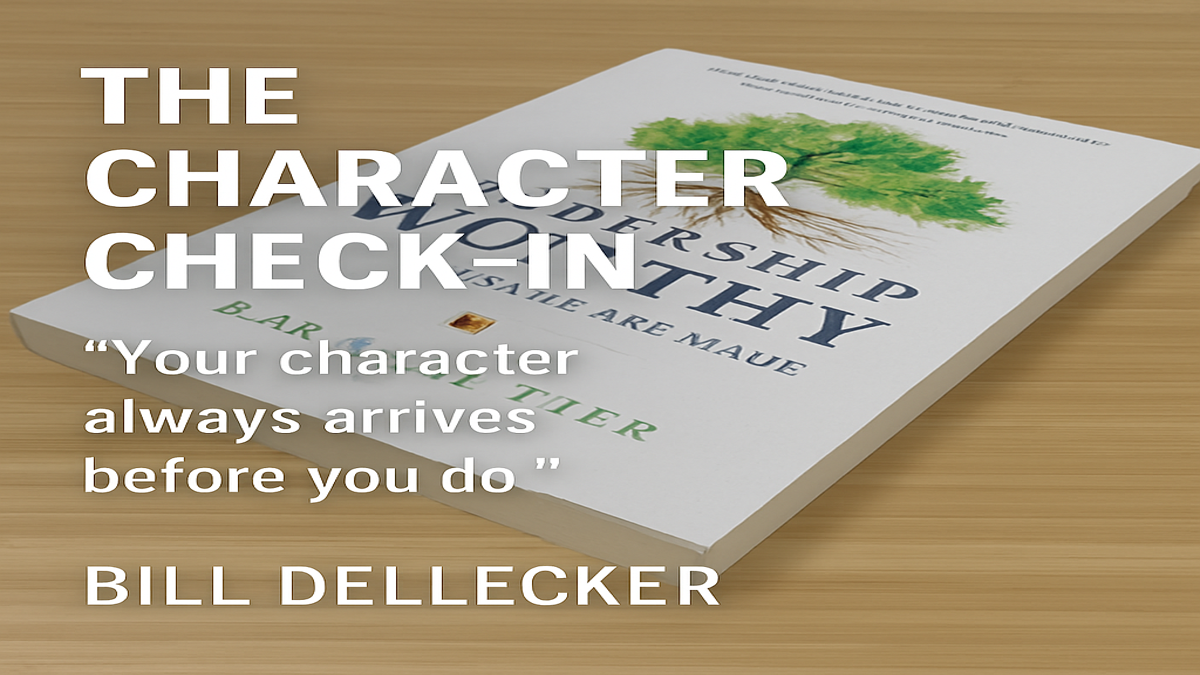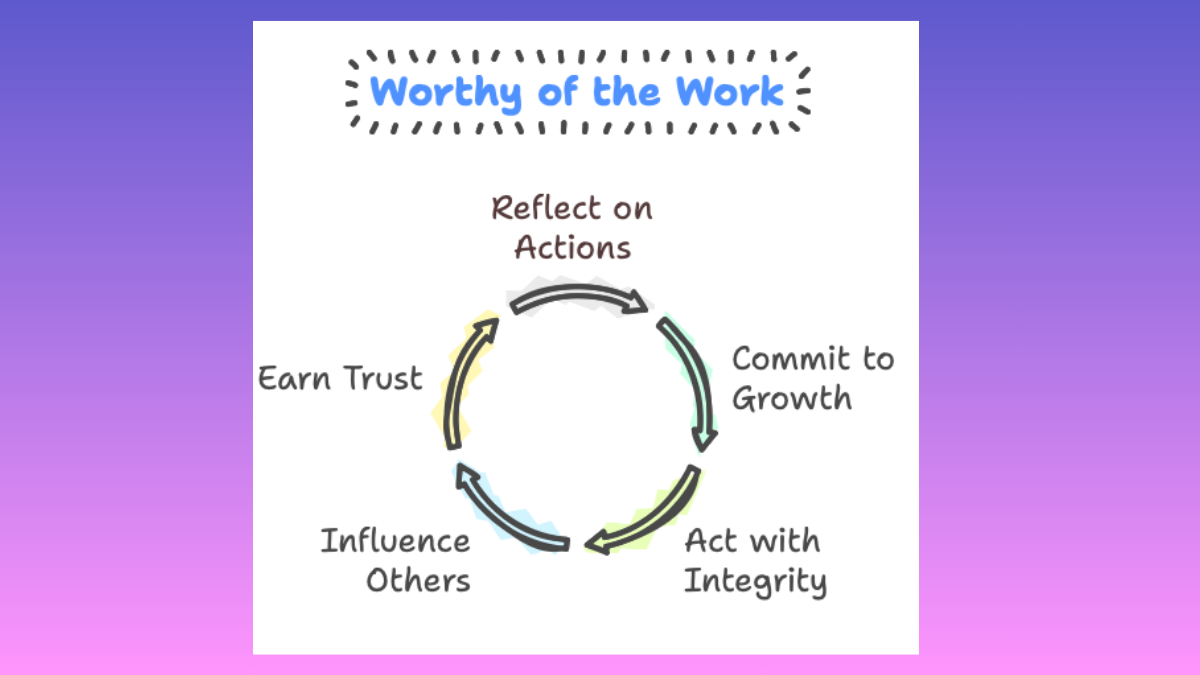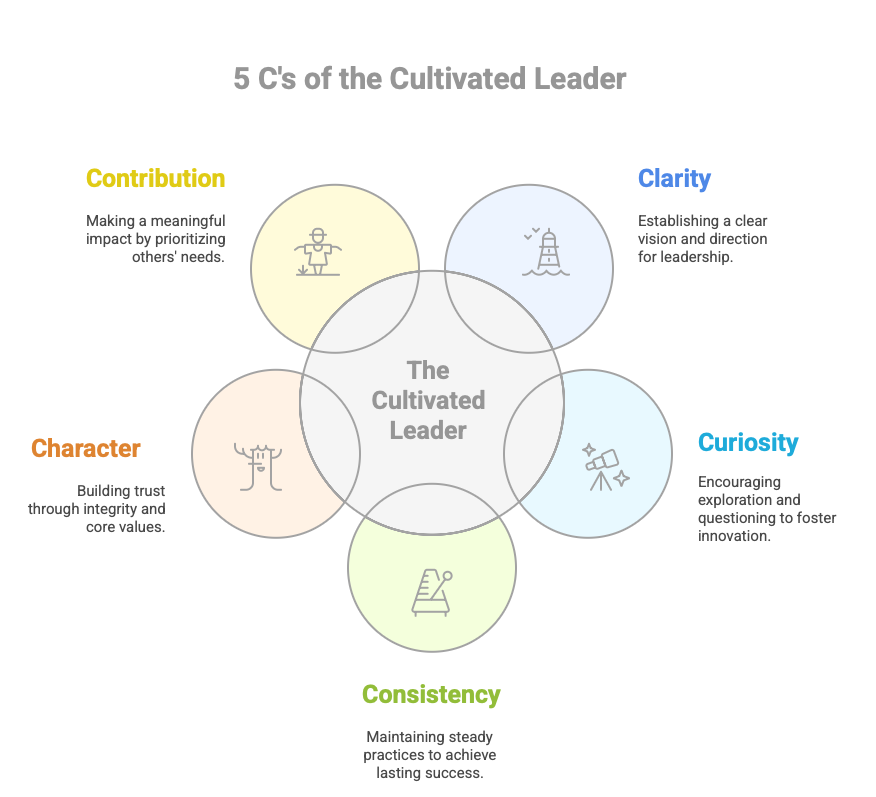Friction

“Should I have checked those tires when I pulled the bike out of the garage?”, he thought between pumps. “They looked ok, but as I glance down now past my seat the rear tire looks pretty wide where it meets the ground. And why is the chain making a grinding noise with each hard push? Darn, the gear lever is stuck. Where did I put that 3-in-1 oil can? That stuff sure seems to help. Maybe next time”, he thought. “Too late now, though, I just need to keep pushing because I sure don’t want to start over. But, man, this isn’t as much fun as I remember”…….Friction!
Whether you’re peddling a bike uphill, or driving a change through your business, the feeling can be much the same. The initial idea may seem better than the reality, once you get into it. Change and friction are uncomfortable partners. The prospect of change can be the Fiction we tell ourselves about how it can be; just add an “R” for Resistance and you’ve magically created Friction. Friction makes the process so much more painful than it has to be and it can even stall progress altogether.
So why not do whatever you can to alleviate friction — before you start down the path of change? Here are some key elements that create the friction in a Change Initiative:
- Lack of Preparation. Thinking through all the steps between the garage and the top of the hill will reveal friction points.
- Reality of Making Progress. It takes effort to move a bike up a hill, or a change through a business.
- Clarity of the Goal. Where does the change lead?
- Recognizing the Benefits. Once you start up the hill, it’s hard to think about the benefits. If team members can visualize the slope “on the other side of the hill”, they’ll be much more likely to help you overcome the friction points along the way.
Change is hard, but we tend to make it harder than it has to be. To accomplish beneficial change, it is worth recognizing, and minimizing, the friction that accompanies it. Enjoy the Journey!






2 Comments
Leave a Reply
Jason Johnson
6 years agoAnother great post. Thank you Bill.
Happy Holidays to you as well.
Bill
6 years agoJason, so good to hear from you! I appreciate the comment and wish you a wonderful Holiday Season too!
All the best,
Bill